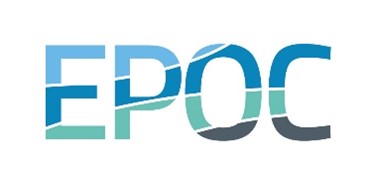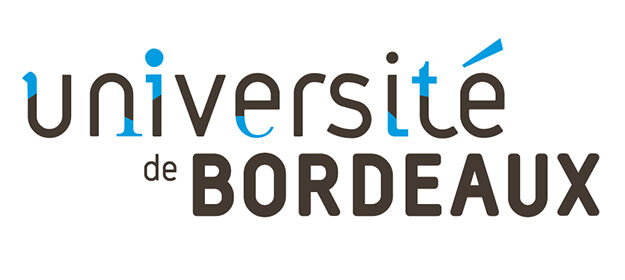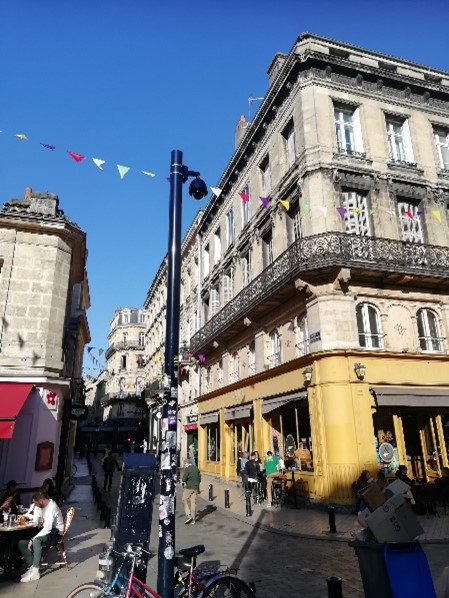One of our SPECIAL Group members Olivia Haas had the opportunity to travel to France to present her research. It is great to see our staff generating these international networks and expanding the reach and impact of their research. Read below for Olivia’s blog post on her trip to France.

Written by Olivia Haas:
During early November I had to the opportunity to visit Bordeaux’s UMR EPOC (Environnements et Paléoenvironnements Océaniques et Continentaux) lab where I presented my work on fire-vegetation interactions in both historical, modern and future climate conditions.



My presentation focused on the impact of climate, CO2 and human activity on different aspects of the fire regime. One key takeaway I focused on was that the changes in vegetation have a strong impact on changes in fire regimes both under a dramatically colder and drier climate, and under projections of future conditions. These changes in vegetation are driven not just by changes in climate, but also changes in CO2 levels independently from climate (through CO2 -induced changes), and human activity through fragmenting the landscape. However, very few studies currently consider the effect of changes in vegetation on future fire regimes, focusing solely on changes in climate and fire weather. This is also the case for national studies of future fire risk that have been performed in France.
Most of the work we do in LEMONTREE is presented to audiences with a modern-day and future simulation focus. Those audiences are familiar with either experimental methods and site-data or methods utilising remote sensing products. As such, audiences are most familiar with either experimental methods and site-data or methods involving the use of remote sensing products.
Presenting to UMR EPOC lab was interesting because the audience was considering my research from a paleo-perspective, which allowed for valuable feedback about how realistic our out-of-sample Last Glacial Maximum simulations are. The discussions provoked research questions about the ability of models to test hypothesis such as the emergence of a human signal in controlling fire regimes in the past, a question that is important for us to answer if we want to understand the future. Furthermore, changes in precipitation at the LGM may have led to changes in the fire regime which at first may appear contradictory but could be explained by changes in monsoons due to a much colder northern hemisphere. Knowing these changes in the past can help us develop hypotheses to test in the modern-day and that may inform the future.
The discussions with UMR EPOC highlighted that more work needs to be done to connect current modelling efforts with paleo-science. Anne-Laure Daniau (UMR EPOC) is currently focusing on understanding fire regime changes and asking similar questions to those of WG F in LEMONTREE. However, her methods are very different as she uses cores to reconstruct fire history and interpret its drivers. This discussion highlighted new question to address within our own modelling efforts as well as datasets we could use to address them.
Overall, it was great to be in Bordeaux and to be exposed to these alternative methodologies and processes applied to understanding historical fire regimes. Additionally, great food and drink in the South of France made for a lovely atmosphere as well!


All photo credits: Olivia Haas
The work of Anne-Laure Daniau mentioned above can be read in more detail in the official publication here: Anne-Laure Daniau et al. 2023. Precession and obliquity forcing of the South African monsoon revealed by sub-tropical fires, Quaternary Science Reviews, Volume 310, 108128, https://doi.org/10.1016/j.quascirev.2023.108128.
Edited by Sophia Cain
